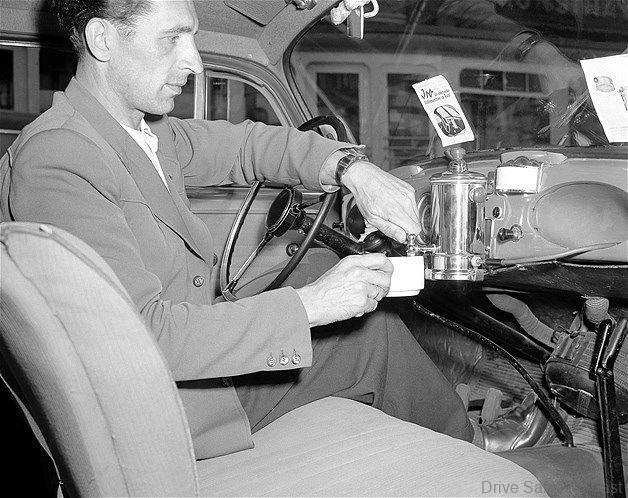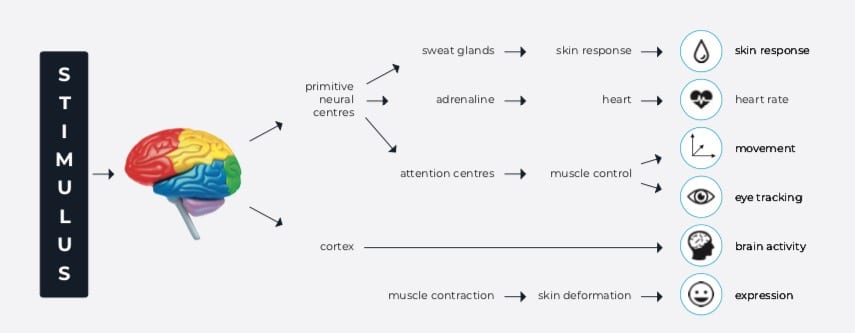
Here are a few must-have items to keep in your car: flashlight, first aid kit, and leakproof trash bag. A flashlight can come in handy in many situations. A first aid kit is an essential item for any road trip. Even if your injuries are minor, a first aid kit may be of great assistance. It is never too early to start stocking up on these items.
First aid kit
Although there are many items you should have in your first aid kit for car, you only need to carry the most essentials. It is essential to have basic items such gauze pads, bandages and relief wipes. A kit should also contain scissors, tweezers, adhesive tape and other basic items. Additionally, you might want to include an ice scraper and a whistle.

Mini vacuum
It is important to take into account the vacuum's weight when buying a car vacuum. It will be more convenient to move a lighter vacuum. If your car doesn't have much trunk space, a mini vacuum may be better. But if you need suction power for hard-to-reach areas, a larger vacuum is better. You need to verify the suction power as well as the vacuum's ability to pick-up embedded dog hairs.
Nonperishable food
You will need nonperishable foods for emergencies, whether it's a family vacation or a solo drive. They are often preferred by charitable organizations because they don’t spoil. Some can be unhealthy, but many of them are healthy. Canned beans for example can be kept at room temp for two to five year. Dry beans, on other hand, can be stored for up to ten year depending on how it is packaged.
Trash bag for cars that doesn't leak
A good car trash bag can be a cost-effective investment and a great way for you to manage your car's mess. Many manufacturers make them to attach to your car's trash can. This type of bag also doubles as a handy organizer. Many bags can be purchased for less than $10. You can get a bag with a better quality that will last years if you spend a bit more. These bags will make your car look great.
Magic pad to absorb liquid
If you're looking for a quality pad that will absorb liquid in your car, look no further than the patented Magic pad. These pads are made from superfine synthetic fibers that are woven into a dense fabric. They can absorb both water- and oil-based liquids. These pads come in a handy dispenser box, which makes them easy to access and clean. These pads have one drawback: they don't hold as much liquid after they reach their maximum capacity.

Clip-on rearview mirror
Installing the clip-on rearview can be done quickly and easily. It is equipped with adjustable buckles, a wide angle and better visibility. This product includes a two-year warranty as well as 27x24 technical support. Using a seatbelt while driving is a necessity. You should also adjust the mirror's angle to ensure that it is in alignment. Clip-on mirrors are a must-have for cars to ensure that you see behind your vehicle while driving.
FAQ
What are the requirements for an automotive technician?
You must have graduated high school or GED, with excellent English and math grades. You also need to be able to read and write well. To be allowed to work, you must pass a written and practical test.
What's the difference between a mechanic and an automotive technician?
The two are similar but not identical. A mechanic repairs cars while an automotive technician does maintenance on them.
A mechanic must be skilled in manual dexterity and able to complete simple tasks quickly. They should also be able correctly diagnose and repair any problems.
A technician in automotive is more technical than a mechanic. They must be capable of reading blueprints and using tools such as drills, wrenches, etc.
They must also be able perform complex procedures safely. They must also be familiar with different types of engines and electrical systems.
They must also be capable of understanding how parts interact.
As a result, a mechanic usually earns less money than an automotive technician. Both jobs offer many possibilities.
What should I know about car mechanics
For an auto mechanic job, you don’t have to be an expert in cars. It's enough to know how to fix things. Most people start by fixing things like changing tires or fitting brake pads.
You need to be able read and comprehend diagrams, follow written instructions and adhere to basic principles of good practice. You'll also need to be able to judge whether parts need replacing or repairing.
It is important to understand that vehicle repairs should only be attempted by those who have received the proper training. This is especially true if you deal with expensive components such as engines or transmissions.
Even though you won’t need to know much more about cars, you will still need to have an in-depth understanding of mechanics and physics. This will include understanding the basic principles of engine operation and brake function.
You should also be ready to handle all kinds of situations. If your vehicle has been in an accident, you might need to be able to handle it. You will also need to be able to deal with accidents and breakdowns.
You should also be open to learning quickly. As well as being able to diagnose problems, you'll need to be able to perform simple maintenance tasks such as tightening nuts and bolts.
Is it possible to work as an automotive mechanic?
Yes, it is possible. Many garages have vacancies that are advertised online. Many people apply because they think it will be fun. Try applying to a few jobs and seeing if the garages accept student applications. Ask your friends and family to recommend anyone in the field. They might be willing to recommend someone.
What qualifications are required to become a mechanic
A series of tests is required to be a mechanic. These exams include:
-
A general knowledge test
-
Practical exam
-
An apprenticeship test
These tests are designed to ensure that you understand the basic concepts of mechanical engineering and physics before you start working as a mechanic.
You'll be eligible for work as a mechanic after you have passed the tests. You'll still need an apprenticeship. This will include training in the trade.
To learn all you can about vehicle repair, you will need to take classes and workshops. Experienced mechanics will also be required.
You'll need a high level of concentration and attention to detail if you want to succeed as a mechanic. Vehicle repairs require you to be very attentive.
To be a successful mechanic, you will need patience and perseverance. If you don’t enjoy following instructions, this might not be the right career path.
You could make a great career out of your love for cars and the work that goes into fixing them.
Statistics
- Apprentice mechanics earn significantly less hourly than mechanics who have completed training, with a median wage of approximately $14.50 an hour, according to PayScale. (jobhero.com)
- 52% of Mechanics in the United States think their salaries are enough for the cost of living in their area. (indeed.com)
- There were 749,900 jobs available for automotive service technicians and mechanics in 2016, which is expected to grow by six percent through 2026. (jobhero.com)
External Links
How To
How to properly diagnose your vehicle for repair
To determine if your car needs repairs, you should first look at the symptoms that your car presents. Then, follow these steps to diagnose your vehicle properly.
-
Check engine lights. Make sure to check all dashboard indicators like the engine light indicator (oil pressure gauge), the battery indicator (battery light indicator), and the RPM indicator (rpm gauge). If they have been flashing for more days than usual, it could be a sign that something is wrong with the vehicle.
-
Pay attention to the treads on your tires. Tires with worn treads could cause problems when handling or braking. Also, inspect the treads of your wheels. You should ensure that they are clean and smooth. The best way to do this is to remove the wheels and take them off. You can check the tread wear with a flashlight.
-
Observe the brake fluid level. It is important to keep track of how much brake fluid you have in your car. This will ensure your brakes function properly. If your brake fluid level is low they might not work properly when you apply pressure.
-
Test the suspension system. Most vehicles have a suspension system that absorbs shocks and vibrations. It allows for better control, smooth acceleration, and deceleration. If your vehicle has a suspension problem, it might feel wobbly or shake uncontrollably. If you are unsure if your vehicle is suffering from a suspension problem, put weight on the front and rear axles to check the movement.
-
Examine the steering wheel. The steering columns are what connect the steering knob to the rest. Accidents often damage steering columns. You should replace your steering column if it feels loose or unstable.
-
Observe the exhaust pipe. Exhaust pipes move gases from combustion chamber to atmosphere. Exhaust pipes that are cracked or leaking can allow harmful fumes to enter your cabin. You should also fix any bent tailpipes immediately.
-
Take a look under your hood. Take a look underneath the hood to find any strange or unusual items. Your engine could be leaking fluids. In addition, if you notice an unusual smell coming from your engine compartment, you should contact a professional technician.
-
You should inspect your air filter. The air filter in your vehicle collects dirt and dust from the environment. Your vehicle will run less well if it has a dirty filter. Replace your air filter regularly.
-
Make sure you check the fan belt. Your vehicle's fan belt connects the engine to the transmission. If the fanbel breaks, your engine won't turn. It's easy to replace the belt. All you need is a screwdriver and some pliers.
-
The radiator hose and hoses should be checked. The radiator-hose carries water to the engine. If the hose becomes damaged or cracked, hot liquid can be emitted onto the engine. Repairing the hose is easy with a pair of needlenose pliers or a small wire brush.
-
Be sure to inspect your windshield wipers. Windshield wipers use electricity to wipe away rain and snow. They can leave streaks on your windows glass if they stop working. You can fix the problem by changing the washer fluid.
-
The battery cables should be checked. The battery cables provide power for the electrical systems in your car. Make sure you disconnect the negative cable before replacing batteries. Failure to do so can damage your alternator.
-
Check the headlights. Headlights illuminate the road ahead of you. If they don't work properly, it can cause poor visibility. To check if the bulbs have gone out, you can inspect them.
-
Make sure you have your lights on. The lights are there to warn other drivers if they approach you at night. One that doesn't work could cause you to be distracted, and possibly lead to an injury.
-
You should inspect your brakes. Before you collide with another vehicle, brakes will slow down the car. If they aren't working correctly, you could lose control of your car and crash.
-
Make sure to change the oil. The oil keeps your engine well lubricated. This oil helps to prevent metal parts becoming too worn out. Changing the oil every month is recommended.